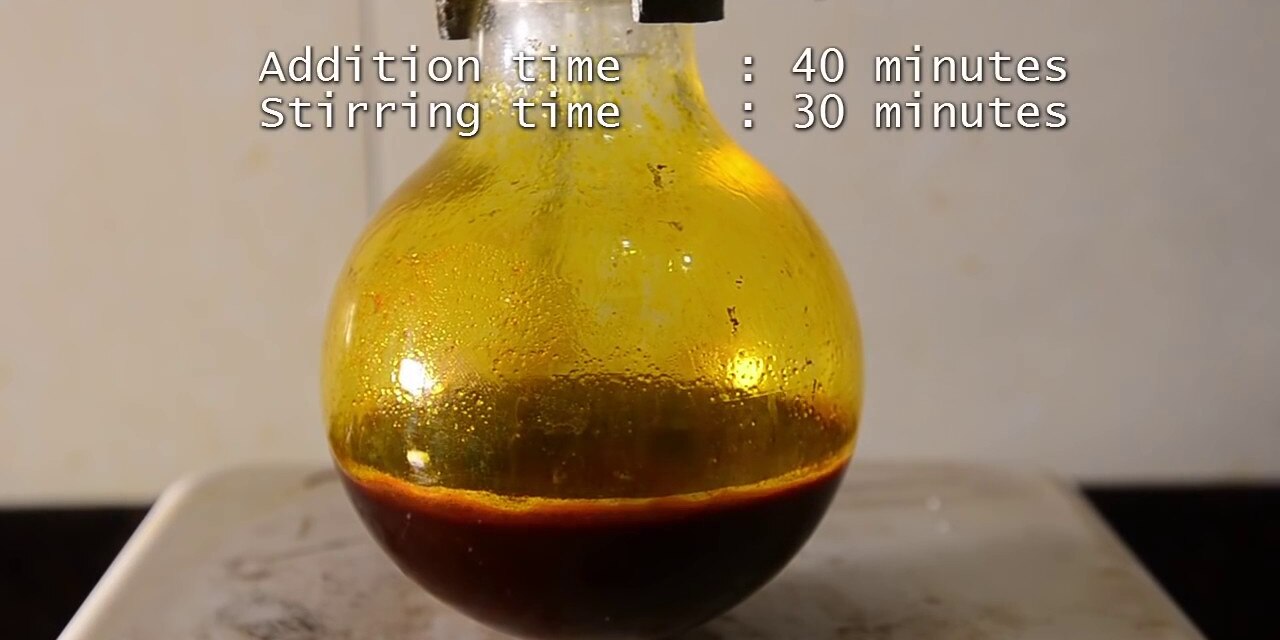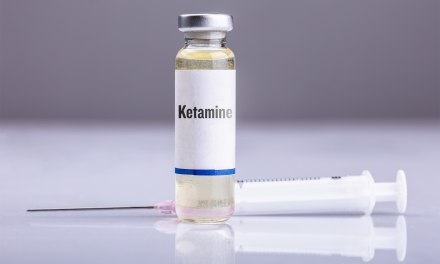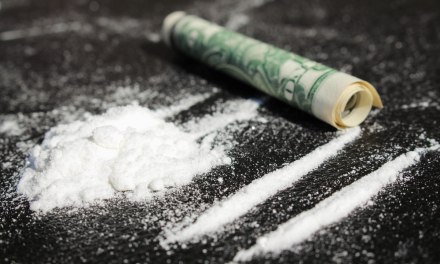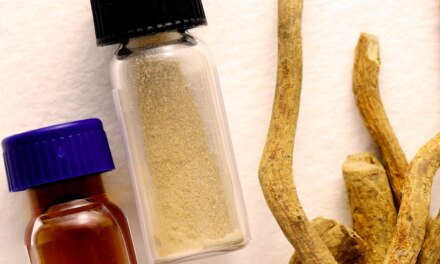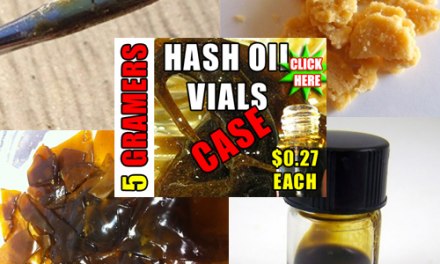I’m always curious as to what’s coming next in the way of drug epidemics. Sam Quinones, who wrote the excellent Dreamland: The True Tale of America’s Opiate Epidemic, is convinced it will involve true synthetics. Fentanyl, of course, but also something new in the way of addictive stimulants.
In particular, a synthetic form of methamphetamine colloquially known as P2P. That stands for phenyl-2-propanone (phenylacetone), its root chemicals.
P2P has two advantages over traditional ephedrine-based meth, at least from the perspective of a drug cartel. First, as a true synthetic, there’s no natural upper limit on how much can be produced. Second, P2P is extremely cheap, both to make and sell. That opens up a much wider market among low- and middle- income customers.
This should sound familiar. It’s the way the appearance of crack in our cities expanded cocaine use well beyond rich folks with disposable income.
A pound of P2P meth, Quinones claims, costs about one-fifth as much as the older variety. By the way, his book on the subject, available now, is The Least of Us: True Tales of America and Hope in the Time of Fentanyl and Meth.
Early reports made claims of dramatic personality changes related to P2P. That was believed to contribute to rising rates of mental health problems, already an issue in an era of COViD. Those reports were mainly anecdotal, and I’m not sure how well they’ve held up. After all, heavy meth use has always been associated with extremes of behavior – users who go extended periods without eating or sleeping, and are prone to violent behavior, paranoia, and psychosis.
Quinones reminds us that with drug outbreaks, it’s supply that appears to drive demand. The more widely available the substance, the larger the number of users it will attract. Once a percentage of those users cross the threshold into addiction, the problem is essentially self-perpetuating. Simply using the drug reinforces the desire to use still more — accompanied by escalating dysphoria in the drug’s absence.
Effective treatments for any kind of stimulant disorder are relatively rare. The American Society of Addiction Medicine — ASAM — has a set of guidelines that can be downloaded from their website. If you’re a treatment professional, that’s worth a look.
Quinones argues that P2P and synthetics in general are potentially our biggest threat. Having lived and worked with addictions beginning in the 1970’s, I suspect he might just be right.

